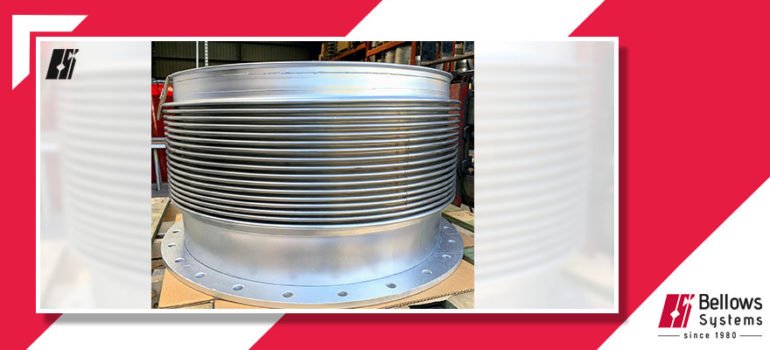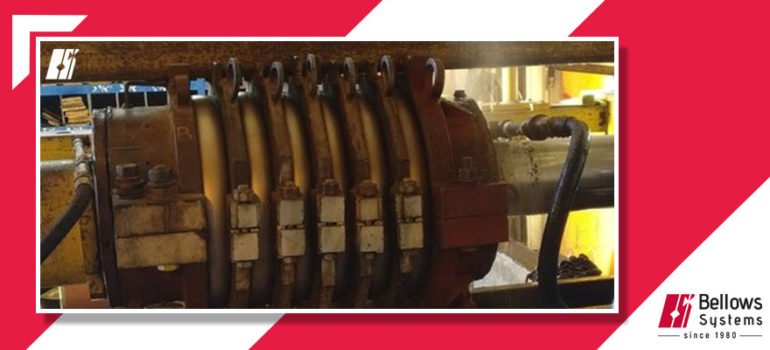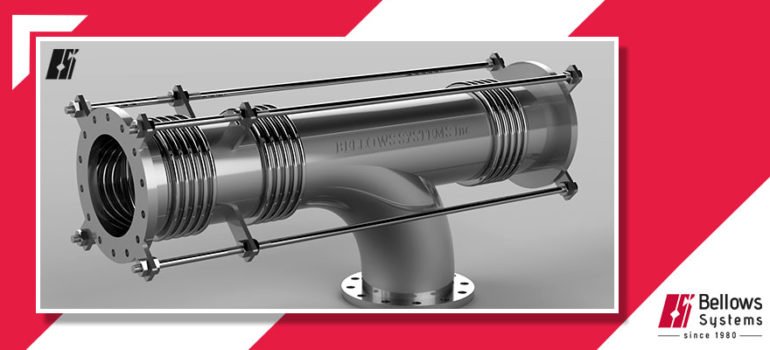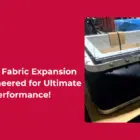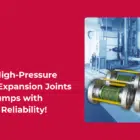Bellows Systems’ Nadcap® Accreditation Makes Headlines in Aerospace News!
Bellows Systems, Inc. is making waves in the aerospace industry as we proudly announce our recent Nadcap® accreditation for Resistance Seam Welding and metallographic welding examination. What makes this achievement even more exciting is that the news is buzzing about it
In a recent press release covered by top-tier aerospace news outlets, we highlighted our commitment to continuous quality improvement and strict adherence to aerospace industry standards. Alpha Mahatvaraj, our CEO, expressed the significance of receiving Nadcap® accreditation, stating, “It demonstrates our ongoing commitment to continual improvement in quality. We remain focused on satisfying customer needs and delivering products in strict adherence to aerospace industry standards and specifications.”
Jay Solomond, Executive Vice President and Chief Operating Officer at the Performance Review Institute, emphasized the global recognition of Nadcap® accreditation as a hallmark of quality. He praised Bellows Systems for achieving Nadcap® accreditation for Resistance Seam Welding and metallographic weld examination, acknowledging the hard work and dedication of our team.
The coverage extends beyond the accolades to showcase our state-of-the-art purpose-built Resistance welding machines. These machines, capable of handling various diameters and materials, provide live feedback and post-weld reviews of numerous welding parameters, ensuring defect-free Aws D17.2 Class A, resistance welded joints.
Not only has our welding capability gained recognition, but our metallography lab has also earned its stripes. Accredited and fully equipped, the lab conducts all necessary non-destructive and destructive testing to ensure Class A welds. The facility boasts new sectioning, grinding, polishing, and inspection equipment housed within an environmentally controlled room.
About Nadcap®, created in 1990 by SAE International and administered by the Performance Review Institute®, this globally recognized accreditation showcases our commitment to quality, safety, and collaboration in the aerospace industry.
As we celebrate this milestone, we invite you to read more about our Nadcap® accreditation in the featured articles, and explore how Bellows Systems continues to set new standards in aerospace quality.


